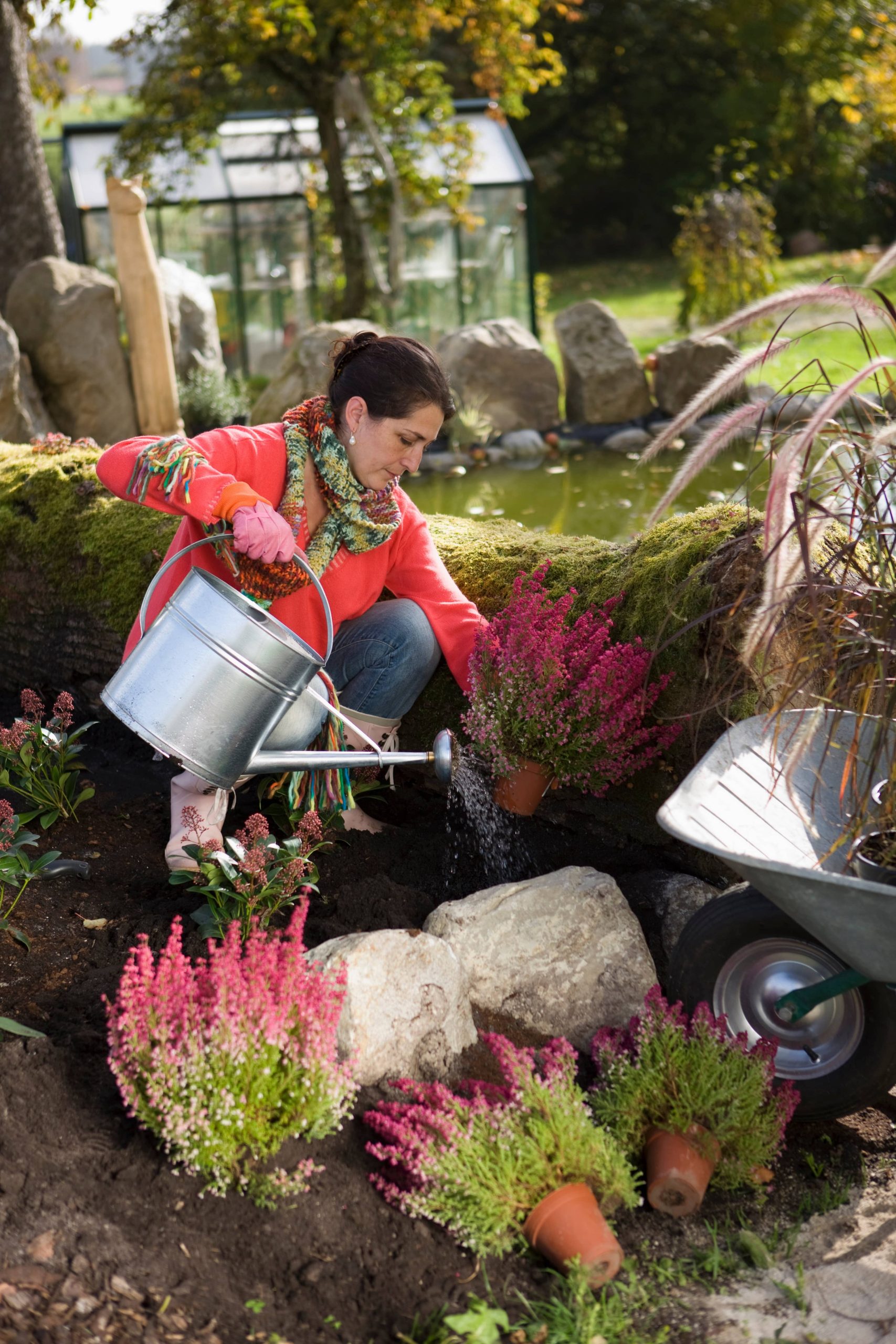
Companion planting is a time-honored gardening technique that involves growing certain plants together to enhance growth, deter pests, and boost yields. This method draws from the natural wisdom of ecosystems, promoting a thriving garden through biodiversity. Whether you’re a seasoned gardener or just starting your outdoor gardening journey, companion planting can transform your space into a flourishing oasis. In this article, we’ll explore effective companion planting techniques that will help your garden reach its full potential.
The Essence of Companion Planting
At its core, companion planting is about symbiotic relationships. Just as certain animals benefit each other in the wild, certain plant pairings offer mutual advantages. These could include improvements in growth, better pest resistance, or enhanced flavors—for example, basil planted alongside tomatoes not only improves the growth but also intensifies the flavor of the tomatoes.
Understanding the basics is crucial. Plants have different needs and characteristics, from their root systems to their nutrient requirements. Mastering companion planting involves recognizing these traits and pairing plants that complement each other. This practice is rooted in biodiversity, increasing the resilience of your garden against pests and diseases while enhancing soil fertility.
Enhancing Growth with Companions
To boost your garden’s productivity, consider the following classic plant pairings:
1. Tomatoes and Basil: As mentioned, basil enhances the flavor of tomatoes while deterring pests like aphids. Additionally, basil can improve tomato growth, making this pair a culinary gardener’s delight.
2. Carrots and Onions: These vegetables make an ideal match because their growth patterns don’t compete. Carrots help aerate the soil with their taproots, while onions deter pests due to their strong smell.
3. Corn, Beans, and Squash (The Three Sisters): A traditional Native American planting method, these three plants offer multiple benefits. Corn provides a natural trellis for beans, beans fix nitrogen in the soil, and squash acts as a living mulch, suppressing weeds and retaining moisture.
Pests as Natural Enemies
Companion planting can naturally deter pests, reducing the need for chemical pesticides. Here are a few effective combinations:
1. Marigolds and Almost Anything: Marigolds are the unsung heroes of pest control. Their pungent scent keeps a wide array of pests at bay, making them an excellent companion for many vegetables.
2. Cabbage and Dill: Cabbage tends to attract a lot of pests, but dill can act as a deterrent. Moreover, dill attracts beneficial wasps, which prey on cabbage worms.
3. Nasturtiums and Cucumbers: While nasturtiums are attractive, they’re also a natural aphid repellant. They protect cucumbers by luring aphids away from more valuable plants.
Improving Soil Fertility
Certain plants benefit the soil directly, either by fixing nitrogen or adding organic matter:
1. Legumes and Almost Any Vegetable: Beans and peas are nitrogen fixers, converting atmospheric nitrogen into a form that plants can use. Planting them alongside heavy feeders like corn and tomatoes can improve soil health and plant growth.
2. Comfrey and Fruit Trees: Comfrey is a potent nutrient accumulator. Plant it under fruit trees to break down over time, releasing nutrients and improving soil fertility.
3. Radishes and Carrots: These root crops grow well together because radishes mature quickly, loosening the soil for slower-growing carrots.
Considerations for Companion Planting
While there are many benefits to companion planting, it’s not foolproof. It’s essential to avoid combinations that can hinder growth. For instance:
– Beans and Onions: Onions can stunt bean growth due to the allelopathic chemicals they release, which inhibit the growth of certain plants.
– Fennel and Most Vegetables: Fennel is not a good companion for most plants due to its potential to inhibit growth and attract undesirable pests.
It’s also important to consider spacing, as companion planting often involves varying plant heights and spread. An overcrowded garden can lead to competition for resources, negating the benefits of companion planting.
Planning Your Companion Garden
As with any garden, planning is vital. Here are steps to create a successful companion planting garden:
1. Research: Learn as much as you can about the plants you wish to grow. Understand their needs, behaviors, and complementary companions.
2. Design: Draw up a plan of your garden, noting where different plant pairs are located. Consider sun exposure, water access, and soil type.
3. Experiment: Companion planting can involve trial and error. What works for one garden may not for another, so don’t be afraid to mix things up.
4. Observe and Adjust: Keep an eye on your garden’s progress, noting which plant combinations thrive and which don’t. Use this information to refine your plan.
Conclusion: Embracing the Natural Wisdom of Your Garden
Companion planting offers a sustainable, eco-friendly approach to gardening that aligns with the natural world. By understanding the symbiotic relationships between plants, you create a harmonious garden that flourishes with minimal external inputs. As you experiment with different combinations, you’ll find what works best for your unique garden environment. Ultimately, companion planting makes gardening an exciting and dynamic practice, bringing us closer to the natural cycles that sustain our gardens and us. So, embrace the wisdom of nature, and watch your outdoor space transform into a thriving, green paradise.

